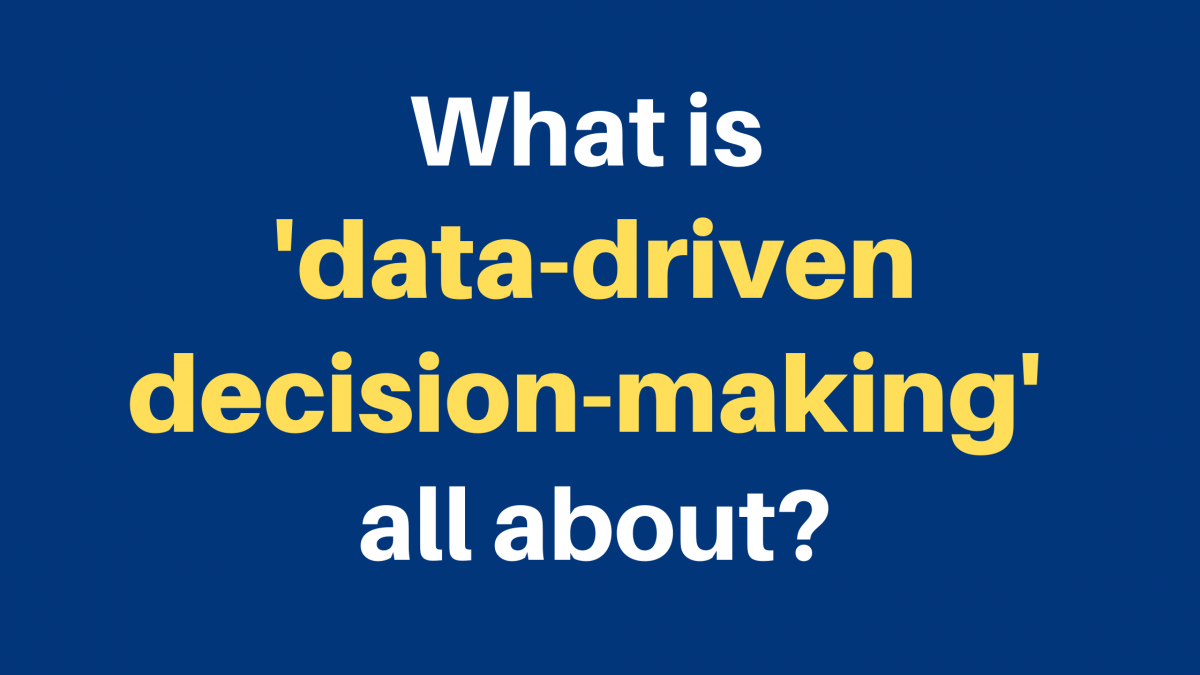As a recruitment firm, you create, access, and store exploding quantities of data daily. This data has the potential to fuel a new era of fact-based innovation in your businesses, backing up new approaches with solid evidence.
Buoyed by hopes of better performing AEs, lesser time-to-fill, improved job order quality, streamlining operations, and successful sales strategy, recruitment and staffing firms have for the past few years amassed data, invested in business intelligence and data analytics software, and paid handsomely for analytical talent.
But, for many search firms, this data just sits on sheets, ATS, or CRMs, never to be used. The good news is that instead of letting your data degrade, you can use it for your business’ growth strategy and to make better decisions.
Let us explain what data-driven decision-making is, how your search firm can benefit from using it, and a five-step process that you can use to implement a smarter business decision process.
What is data-driven decision-making?
Instead of going with a strategy you think is best, data-driven decision-making is a strategy that uses data to produce informed business decisions.
This process involves grouping your company’s historical information to analyze trends and make decisions for the future based on what’s worked in the past – rather than make decisions based on gut feelings, opinion, or experience.
The top-performing search firms position data at the core of every decision they make.
How can you benefit from data-driven decision-making?
In every business, there’s an inherent element of risk, but data-driven decisions make you less vulnerable to the decisions going wrong.
For example, imagine you’re planning a LinkedIn strategy to get more job orders. Instead of starting from scratch and hoping this strategy works, take a look at your recruiters’ historical performance data and the collective ratio comparisons. What worked? What was your “$1 LinkedIn spend to Job Orders” ratio? Replicate it or refine it. Don’t implement anything that didn’t work.
In simple words, do more of what worked and less of what may or may not work – all based on the real data of success and failures that you have collected over the years.
This is not a hypothetical logic or just wishful thinking. There are many pieces of research by credible sources that back data-driven decision making.
Businesses using big data experienced a profit increase of 8–10%, and a 10% reduction in overall cost.
If you’re still not convinced, consider this:
While 91% of companies say that data-driven decision-making is important to the growth of their business, only 57% of companies said that they base their business decisions on their data.
Data-driven decision-making is a great way to gain a competitive advantage, reduce operational costs, and increase profit.
What decisions can you use your data for?
Now you know how you can benefit from data-driven decision-making, the next step is to identify what can you use data-driven decision making for.
As a search firm, you can start by using your data for:
- Growth: What activities can you do to get more job orders and prevent client churn? Which industries can you target to get high-paying and better quality job orders?
- Marketing and sales: Which advertising channel gets the best ROI? Which sales activities generate the most job orders? Which medium is getting you the best candidate resumes and which channel should stop spending money on?
- Customer retention: How can you reduce your time-to-place? What are the top reasons for candidates declining the offers? Which channels improve candidate response times?
- Finance and Planning: What’s the most effective way to incentivize your staff? When should you start hiring new recruiters?
